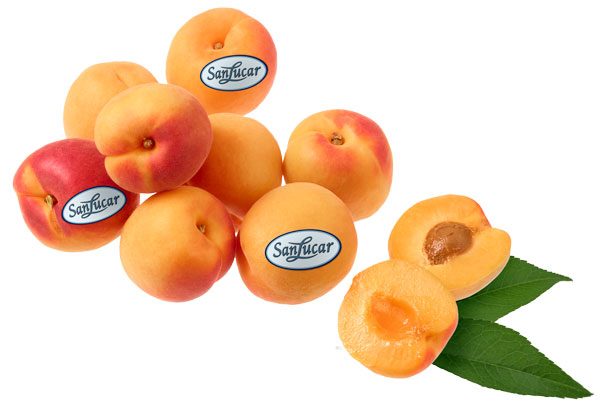Growing SanLucar Apricots
- What is aromatically sweet, has a velvety soft skin, yellow-orange fruit flesh and is simply a part of the warm season? Correct: The SanLucar Apricot! The fact that we are able to eat them from early to late summer anytime we like can be attributed to our experienced grower partners in sunny Spain, France, South Africa, Turkey and Italy. For SanLucar, they choose only the most flavourful and aromatic varieties and allow the fruits to grow in harmony with nature into sugar-sweet apricots.
- Since apricots post-ripen, it is important to know the ideal harvesting time. That’s why we measure the sugar-acid content before picking. And only when the sweetness is just right do our experienced pickers get to work.



Leave a comment